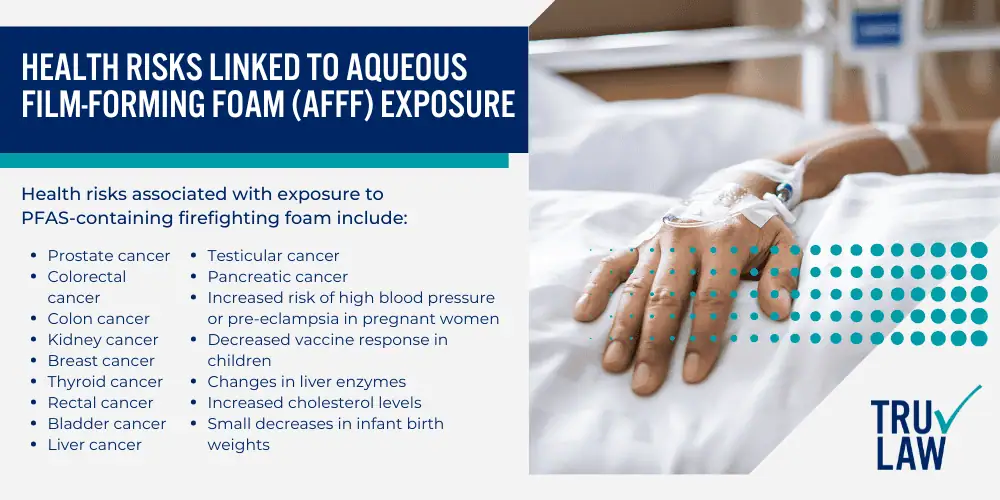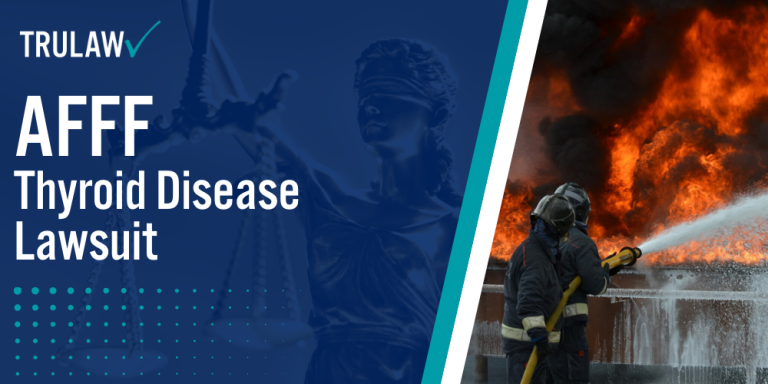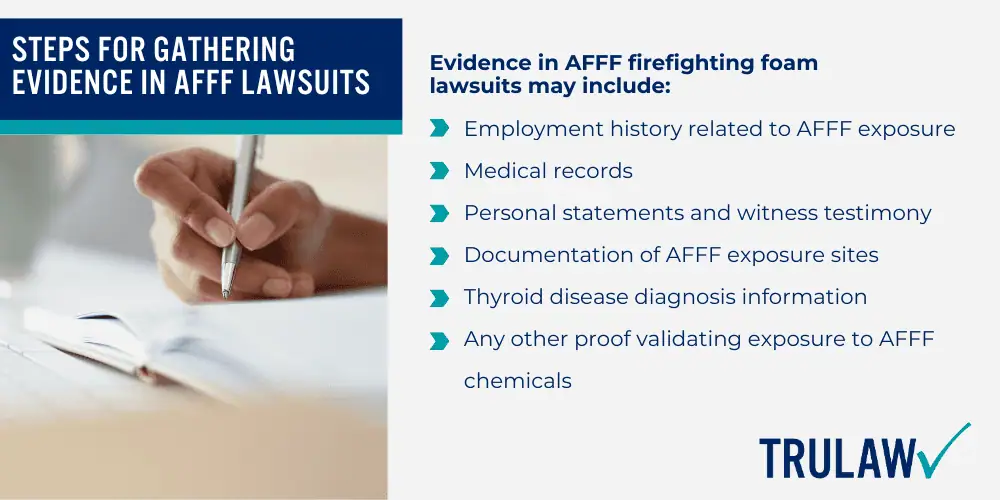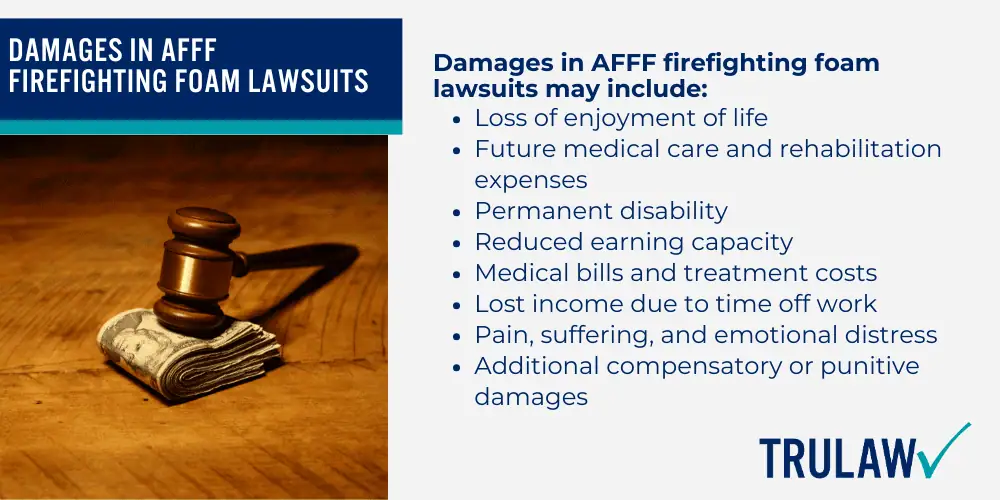Both civilian and military firefighters have extensively used AFFF foam to combat fires involving highly flammable liquids.
However, despite its firefighting efficiency, AFFF contains PFAS chemicals, which have been associated with a heightened risk of thyroid disease.
The connection between PFAS exposure and thyroid disease is well-established.
Multiple studies have demonstrated a link between these toxic chemicals and disruptions in thyroid function.
For example, a 2018 meta-analysis found a consistent pattern of decreased thyroid hormone levels in individuals exposed to PFAS.
A 2020 review also highlighted the thyroid-disrupting effects of both older and newer PFAS chemicals, identifying pregnant women and developing children as particularly vulnerable groups.

The Environmental Protection Agency (EPA) has identified children and industrial workers as two (2) of the most vulnerable groups to PFAS exposure.
Military firefighters, in particular, have faced elevated exposure due to their frequent use of AFFF in training and real-world fire suppression.
Impact of PFAS Chemicals in Firefighting Foam on Human Health
Research indicates that both the U.S. Navy and chemical manufacturers were aware of the toxic effects of PFAS chemicals in AFFF long before official warnings were issued.
The Environmental Protection Agency and U.S. Department of Defense have since acknowledged the serious health risks associated with AFFF exposure, including thyroid disease and cancer.
Numerous studies have demonstrated the dangers of PFAS chemicals, which are present in AFFF firefighting foam.
The health impacts extend across a range of populations, including firefighters, chemical plant workers, and individuals in related industries who may have come into contact with the foam.
Studies on the links between AFFF exposure and health risks include:
- Research published in the Journal of the American Medical Association identified a link between PFOA exposure and a higher risk of developing kidney cancer, testicular cancer, and ulcerative colitis.
- The International Agency for Research on Cancer (IARC) has categorized PFOA as a possible carcinogen and PFOS as potentially carcinogenic to humans.
- The U.S. Environmental Protection Agency (EPA) has released a health advisory for PFOA and PFOS, cautioning that prolonged exposure to these chemicals could lead to serious health risks.
- Research conducted by the National Research Centre for Environmental Toxicology (Australia) revealed that firefighters are likely to have increased levels of fluorinated surfactants in their bloodstream.
- Researchers at the University of California, Berkeley found that women firefighters who used AFFF foam had higher levels of PFAS in their bodies than those who did not.
- Research in the International Journal of Cancer found a link between PFOS exposure and breast cancer.
Health Risks Linked to Aqueous Film-Forming Foam (AFFF) Exposure
AFFF exposure has been linked to numerous health conditions, particularly cancers and other chronic health issues.

Health risks associated with exposure to PFAS-containing firefighting foam include:
- Prostate cancer
- Colorectal cancer
- Colon cancer
- Kidney cancer
- Breast cancer
- Thyroid cancer
- Rectal cancer
- Bladder cancer
- Liver cancer
- Testicular cancer
- Pancreatic cancer
- Increased risk of high blood pressure or pre-eclampsia in pregnant women
- Decreased vaccine response in children
- Changes in liver enzymes
- Increased cholesterol levels
- Small decreases in infant birth weights
These health risks underscore the importance of staying informed about potential AFFF exposure and understanding the legal options available to those who may have been impacted.








